Even though I bought an expensive rangefinder, it always fails at the crucial moments of the competition: the data fluctuates, the battery runs out in an instant, and the operation is so complicated that I'm in a panic... Do these annoying things make you doubt life? Don't worry. It's not that the equipment is not good, but that you haven't used the right method. Today, I'll take you to unlock the practical skills that experts all use, making the rangefinder a great assist in your competition rather than a bad teammate.

Rangefinder Championship User Guide: A Skill That Experts All Use
(1) Three mandatory setup checks before the competition
1. Is the default mode not suitable for the competition scenario? Quickly switch to "Tournament Compliance Mode"
Many people do not know that the default mode of a rangefinder may hide the risk of violation. For example, the common slope function is strictly prohibited in the official championship. Before the competition, it is essential to spend one minute entering the Settings interface, find the "Tournament Mode" and turn it on. The system will automatically disable functions such as slope compensation to prevent points from being deducted due to violations. This is like fastening your seat belt before driving, which is a basic operation to ensure compliance in the competition.
2. Does reflection interference cause errors? Teach you to eliminate the "visual traps" of trees and sandpits
On sports fields with dense trees or many sand pits, rangefinders are easily disturbed by environmental reflections and give incorrect data. At this point, you need to learn "environmental calibration" : when measuring, try to stand on your side as much as possible to keep the laser away from large reflective objects. If there are trees near the target, you can first aim at the bottom of the tree trunk, then slowly move upwards to lock the flagpole. By observing the data changes, you can determine whether to eliminate the interference. Just like a photographer adjusts the focal length of the lens to find the clearest point.
3. Battery anxiety? Low-power setting tips + dual protection of backup battery
Isn't it frustrating when a low battery warning suddenly pops up at the back nine of the game? Before the competition, you might as well try these power-saving operations: turn off the screen backlight, disable the sound prompt, and only keep the basic distance measurement function. Also, remember to place a pair of CR2032 spare batteries in the side pockets of the ball bag. It is recommended to choose lithium batteries as they offer more stable battery life in low-temperature environments. Just like preparing a power bank for your mobile phone, only by being well-prepared can you play the entire game with peace of mind.
(2) After the tee kick: Advanced operation for rapid distance measurement
1. Is the pace of multiplayer competitions fast? The one-handed blind operation shortcut key enables you to be one step ahead
In a four-person four-game match, the pace is so fast that it's flying. Taking out the equipment and adjusting the Settings is simply a waste of time. Take Bushnell Pro XE as an example. You can assign the "flagpole Lock" function to the side key in the Settings in advance. During the competition, you just need to hold the rangefinder with one hand and press the shortcut key with your thumb to complete the measurement. There is no need to look at the screen throughout the process. Just as a skilled barista can precisely pick out the powder without looking at the scale, muscle memory is the key to efficiency.

2. How to deal with overlapping goals? Two vibration feedback modes help you precisely lock in
When there are big trees or buildings behind the flagpole, the rangefinder can easily "fail to distinguish" the target. At this point, you might as well try different feedback modes: for instance, Bushnell's "PinSeeker" mode will emit continuous vibrations when locking the flagpole, while the "Jolt" mode will have a single strong vibration. By comparing the differences in the feel of the two vibrations, you can more accurately determine whether the flagpole has really been locked, just like distinguishing family members from strangers with knocking sounds of different intensities.
3. Afraid of secretly enabling the slope function? The physical occlusion labeling method is the safest
The slope function switch of some rangefinders is hidden very deep, and it is easy to accidentally touch it when one is nervous during the competition. Here's a simple and straightforward method for you: Stick a small label above the screen with white electrical tape and write "TOURNAMENT MODE" on it. Every time you pick up the device, you can see it. It's equivalent to installing a "error-proof alarm" for your eyes. Just like pasting notes on important documents, conspicuous prompts are given to avoid low-level mistakes.
Troubleshooting: Self-rescue Plans in Emergency Situations
(1) The rangefinder suddenly stopped responding
Problem: Pressing the power button doesn't respond and the screen goes completely black
Reason: Oxidation of the battery contacts leads to poor contact
30-second solution steps: Open the battery compartment, take out the battery, gently rub the metal contacts of the battery compartment with the edge of a coin to remove the oxide layer, and then reinstall the battery. There is a 90% chance that it can be revived. Remember to keep a one-yuan coin in the ball bag's purse. It can serve as a "first aid tool" in critical moments.

(2) Unstable data fluctuations
Problem: The distance value jumps back and forth within a range of 10 yards and is simply unusable
Reason: Unstable holding or the bracket not being set up properly
30-second solution steps: Press the top of the rangefinder against your forehead and use your head to support it steadily. At the same time, hold your breath and press the measurement button three times in a row, taking the middle value. This trick is especially effective in windy weather, which is equivalent to installing a "human tripod" on the rangefinder.
(3) Display "Error" or over-range
Problem: A red error code appears on the screen, or "--" is displayed.
Reason: Exceeding the maximum ranging range, or the target's reflection is too weak
30-second solution steps: Press the "Mode key" to switch to "Short Distance Priority Mode". If it still doesn't work, find the edge of a nearby sandpit or the ball lane as a reference object. First, measure the distance to the reference object, and then estimate the difference to the flagpole by visual inspection. Just like when driving and the navigation signal is weak, look for obvious landmarks first and then plan the route.
Controversial scenario: Are these operations considered violations or not?
(1) Is it compliant to check the grass pattern at the landing point with a rangefinder?
Many people think that rangefinders can only measure distance, but in fact, their telescope function can also observe the direction of grass grain. However, according to the PGA rules, this falls under "the use of non-essential auxiliary tools" and is prohibited in regular competitions. For instance, at the 2022 British Open, some players were warned for using rangefinders to observe the grass patterns on the green. So, never step into this minefield.
(2) How to Avoid being questioned when teammates report data versus Self-measurement?
In a four-person two-game match, it is very common for teammates to help report the distance, but one must pay attention to the way. In the 2023 US Open, there was a controversial decision: a caddie of a player reported the distance to his teammates in the same group through a walkie-talkie, and the referee determined it as "assisting in distance measurement". The correct approach is: teammates should only say "My ball is 150 yards from the green" instead of "Your ball is 175 yards from the flagpole" to avoid subjective guidance.
Conclusion: It's not that the equipment is not good, but that you haven't used it correctly
Before the next kick-off, spend five minutes doing these three checks: switch to tournament mode, calibrate the ambient reflection, and check the battery level. Remember, the rangefinders of top players won't be much more expensive than yours, but they know better how to make the equipment perform stably in high-voltage scenarios. Take out the rangefinder right now and follow this guide to practice it once. You'll be able to experience the thrill of "the device being obedient" in the next game!


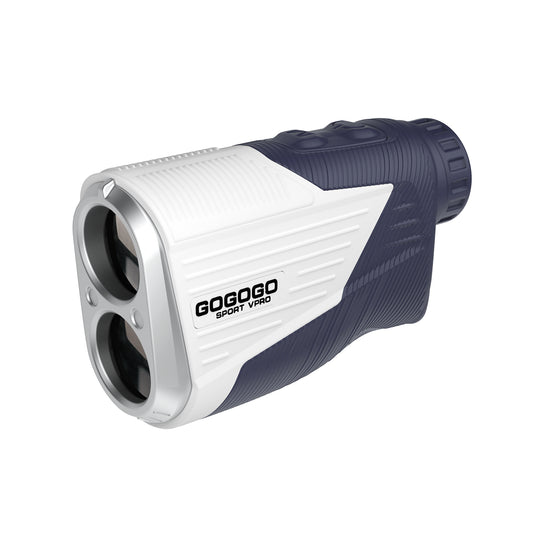
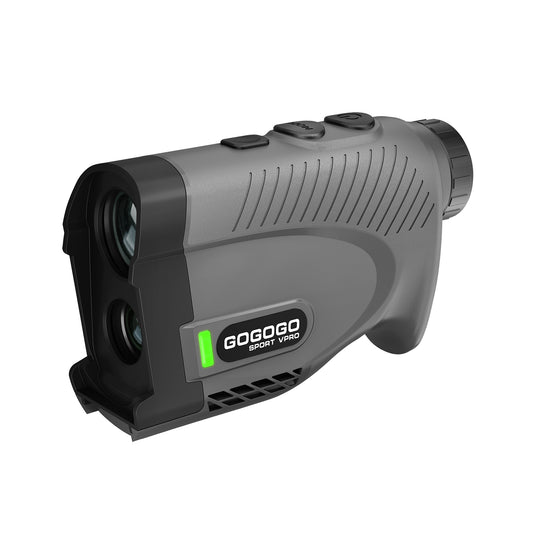
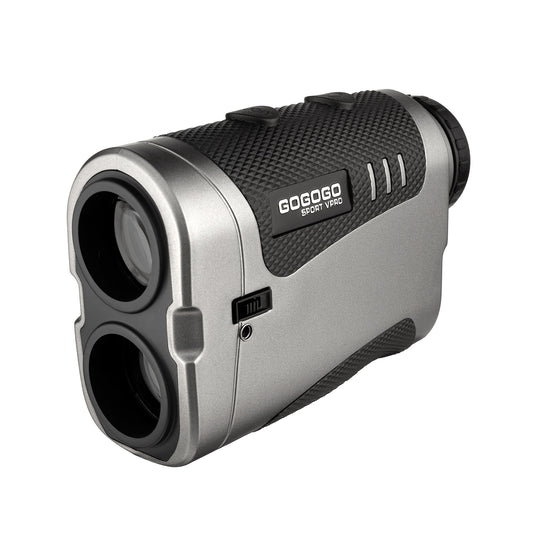
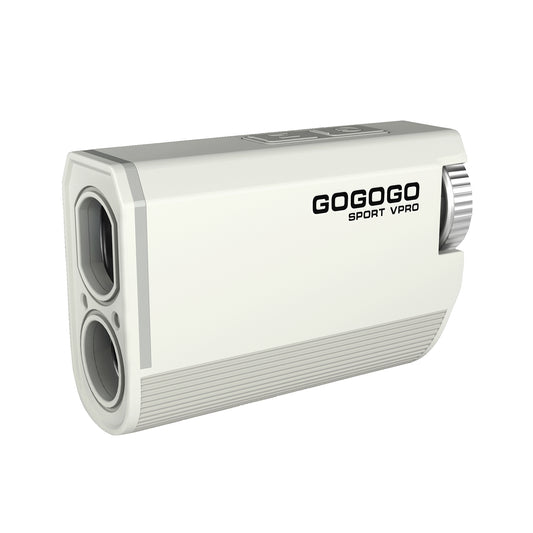
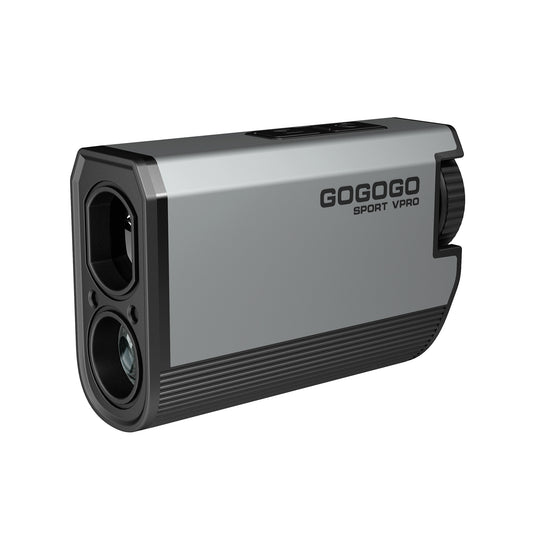
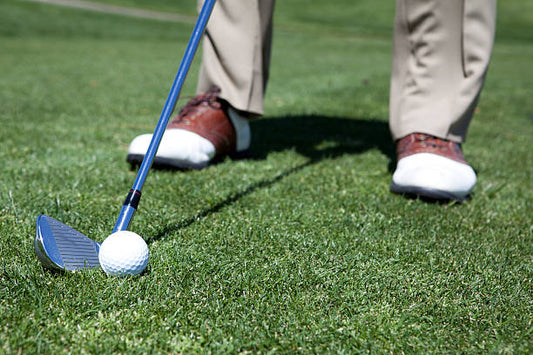
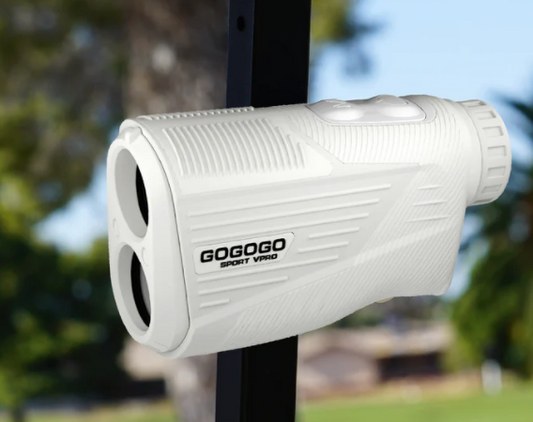
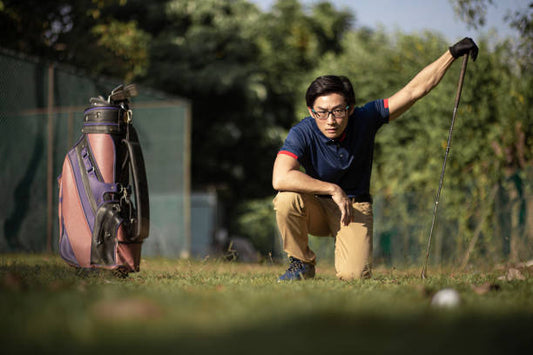
![[2025] The Ultimate Guide to Pinseeker Rangefinders for Golfers](http://gogogosport.com/cdn/shop/articles/gogogo_sport_vpro_pinseeker_rangefinder.png?v=1757993796&width=533)